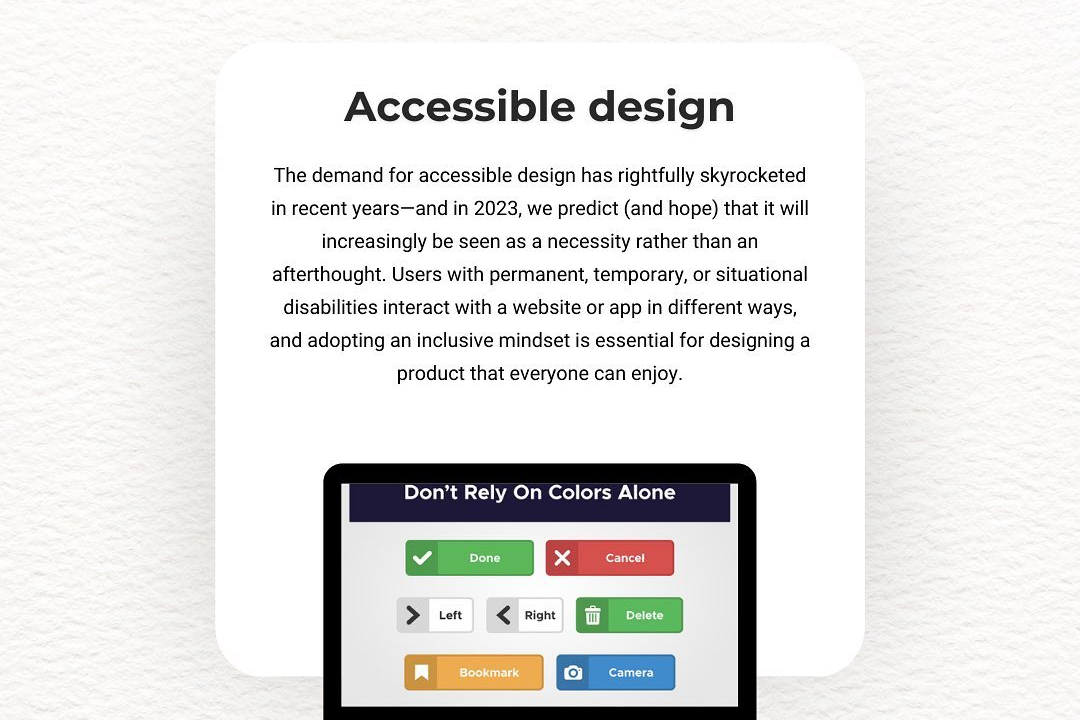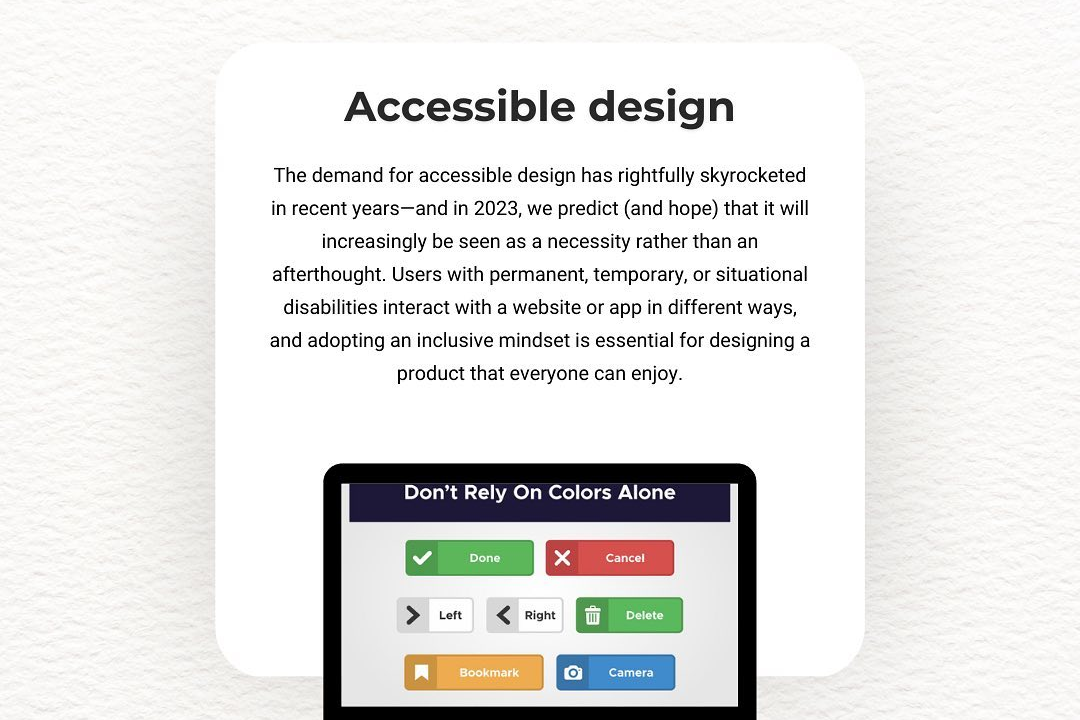Swift Testing Frameworks
Exploring Swift Testing Frameworks: An Overview
Swift Testing Frameworks
Swift testing frameworks are essential tools for developers working within the Swift programming language, enabling automated testing of applications to ensure code quality and functionality. The primary testing framework provided by Apple is XCTest, which allows developers to write unit tests, performance tests, and UI tests using a structured approach. XCTest integrates seamlessly with Xcode, offering features such as assertions for verifying outputs, facilities for organizing tests into test cases, and the ability to run tests in various configurations. Additionally, various third-party frameworks like Quick and Nimble provide more expressive syntax and behavior-driven development (BDD) capabilities, which enhance the testing experience by allowing developers to write tests in a more natural language style. Together, these frameworks contribute to a robust testing ecosystem, allowing for both unit and integration testing that improve overall code reliability and maintainability.
To Download Our Brochure: https://www.justacademy.co/download-brochure-for-free
Message us for more information: +91 9987184296
1 - XCTest: The primary testing framework for Swift and Objective C which provides the necessary infrastructure for creating unit tests and performance tests.
2) Unit Testing: A core concept in XCTest where individual components (or “units”) of code are tested in isolation to ensure they work as expected.
3) UI Testing: XCTest also supports UI testing, allowing developers to automate the testing of user interfaces by simulating user interactions.
4) Test Cases: In XCTest, test cases are organized into classes that inherit from `XCTestCase`, with each test implemented as a method starting with the word “test”.
5) Assertions: XCTest provides various assertion methods like `XCTAssertEqual`, `XCTAssertTrue`, and others to validate conditions during testing, ensuring the expected vs actual outcomes are compared.
6) Test Suites: XCTest allows the grouping of related test cases into suites for organized execution and reporting.
7) Performance Measurement: XCTest provides tools to measure performance (time) of the code execution using `measure` blocks, thereby ensuring performance criteria meet.
8) Mocking and Stubbing: Frameworks like Cuckoo and Mockito can be used alongside XCTest for creating mocks and stubs to isolate the unit being tested from its dependencies.
9) Continuous Integration (CI): Swift tests can be integrated into CI pipelines (like GitHub Actions, Jenkins) to ensure code changes don't break existing functionality.
10) Test Coverage: XCTest can generate test coverage reports to help developers understand which parts of the codebase are being covered by tests, improving test quality.
11) Behavior Driven Development (BDD): Frameworks like Quick and Nimble facilitate writing tests in a BDD style, ensuring tests are more readable and descriptive.
12) Snapshot Testing: Frameworks like iOSSnapshotTestCase are used to test and validate the UI of applications against saved snapshots, ensuring UI changes are intentional.
13) TDD (Test Driven Development): A software development process where tests are written before the implementation, promoting better design and fewer bugs.
14) Xcode Integration: XCTest is integrated into Xcode, providing easy access to run tests, view results, and debug issues within the development environment.
15) Documentation and Resources: Apple provides extensive documentation on XCTest and related testing practices, helping students to learn best practices efficiently.
These points provide a comprehensive overview of Swift testing frameworks, tailored for teaching students how to leverage them effectively in their projects.
Browse our course links : https://www.justacademy.co/all-courses
To Join our FREE DEMO Session: Click Here
Contact Us for more info:
- Message us on Whatsapp: +91 9987184296
- Email id: info@justacademy.co












